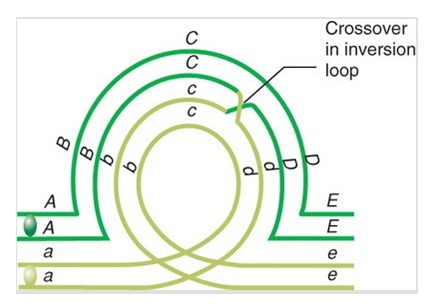What are the three basic steps of conventional PCR?
A. Denature, anneal, & strand displacement
B. Reverse-transcription, anneal & extend
C. Strand displacement, synthesis & release
D. Denature, anneal & extension
Answer: D. Denature, anneal & extension
You might also like to view...
In _____, a hypha has few or no cross-walls
a. zygomcyetes c. club fungi b. sac fungi d. all of these
Which gamete genotypes are expected to contribute to viable offspring when an individual is heterozygous for a paracentric inversion and crossing-over occurs as shown in the diagram? (The ? symbol represents a centromere.) (Select all that apply.)

A) ? A B C D E
B) ? a d c b e
C) e b c D E
D) ? A B C d e
E) A B C ? d a
F) e b c ? D E
G) A B C ? D E
H) a d ? c b e
J) ? A B C d a ?
The portion of a flower that receives the pollen is the
A. ovary. B. anther. C. stigma. D. style. E. sepal.
The most significant difference between archaea and bacteria is the:a
lack of a nuclear envelope in archaea. b. absence of the 70S ribosomes in bacteria.
c. presence of a single filament flagellum in bacteria. d. absence of peptidoglycans in the cell walls of archaea. e. presence of fatty acids in the plasma membranes of archaea.